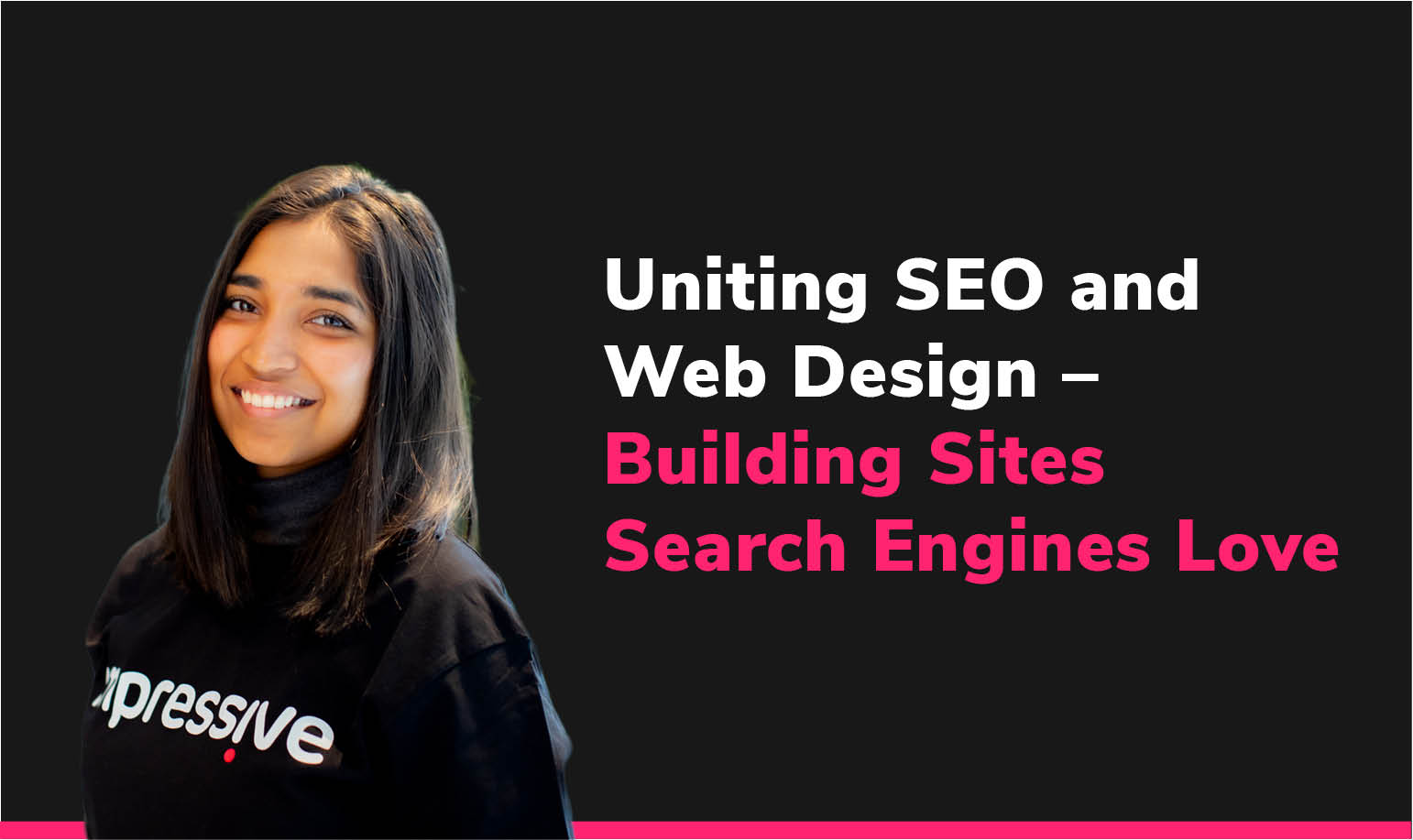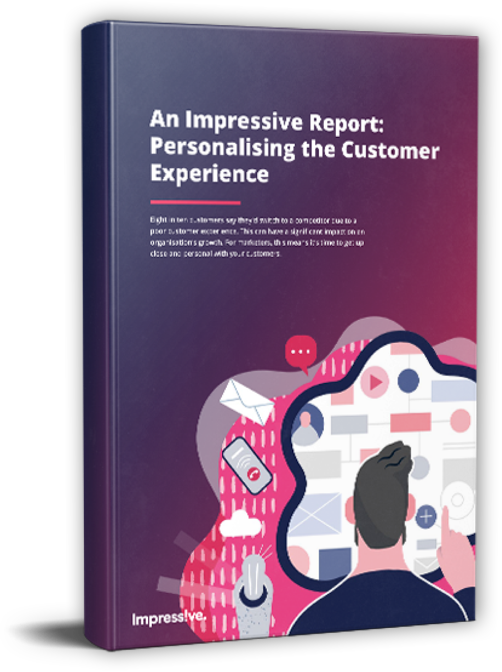We’re going to start with a bit of a disclaimer here – SEO is not really about search engines; it’s about the users. The whole point of search engine algorithms is to achieve the best possible experience for the users who browse those search engines, so you need to build websites with those human searchers in mind.
But – and this is a big but – this doesn’t mean you can forget about the search engine altogether. This search engine is still the delivery mechanism for your website and its content, and you’re not going to connect with users at all if your website’s technical aspects don’t match what Google and other engines require.
So, how do you do this? Let’s take a look at how you can design and build a site that search engines love so your audience can fall in love with it too.
Getting the Foundation Right
To begin with, you’re going to need a domain – the central point of your web address that all your other pages stem from. Keep it simple and brand-focused, something like BRANDNAME.com or similar.
You also need fast and reliable hosting. Don’t go for the cheapest hosting option – invest in something that guarantees a high uptime and swift page loading.
Finally, the CMS. This is the content management system – the backend where you will upload content and manage your pages. Your chosen CMS needs to be powerful yet intuitive to use.
Setting the Website Up for Crawlers
Crawlers are the bots the search engine uses to analyse your website and understand its structure, so make this task easy for them. Make sure your web pages – and all your URLs – follow a carefully arranged hierarchy. For example, BRANDNAME.com as the homepage, with BRANDNAME.com/services as the second level, BRANDNAME.com/services/marketing as the third level, and so on. Keep this structure simple and straightforward.
Make sure there are no orphan pages that are not linked within your sitemap, and use internal linking to forge connections between individual pages. Use text as you build your sitemap so crawlers can easily recognise each section and where it fits.
Optimising for Multiple Devices
Your users will be coming to you from many different places and utilising many different devices in the process. Search engines recognise this, so they value content optimised for other user devices – for example, desktop computers, tablets, and smartphones.
Run tests on your website using different devices. How well does it load? Is all the functionality present and correct? You can also run search tests with various devices, examining your website’s appearance in mobile and tablet search engine results. The idea is to create a seamless experience even as users switch from one device to another, and search engines like Google should reward you for this.
Ensuring a Swift and Responsive Website
Many different factors contribute to a search engine ranking. Google uses Core Web Vitals to assign search engine positions, including Largest Contentful Paint. Also known as LCP, this is the time it takes to load the largest visual element of the page.
The other two Core Web Vitals are First Input Delay (FID) – the time between a user input like a click or tap and the subsequent response from the website – and Cumulative Layout Shift (CLS), which measures the positional stability of objects on the page as it loads. Pay attention to these important aspects of technical SEO as you construct each page on your website and create your content. Content that contains too many large images and graphic files can reduce your page performance.
Making Sure the Site Is Easy to Use
We’re back to those all-important users once again. If your site visitors get confused or lost on your pages, this will result in poor search engine performance. Run user experience and user interface (UX/UI) tests to ensure you offer a streamlined experience to everyone who visits your page.
Consider your user objectives when you do this – what are they trying to achieve when they visit your site? Make sure actions like purchasing products, finding support resources, and connecting directly with your team are simple, straightforward and intuitive. This minimises your site’s bounce rate, demonstrating to Google and other search engines that you are providing real value to your users.
Design Your Site in the Right Way and Tune Up Your Digital Marketing Strategy
Are you keen to enhance your digital marketing strategy with great site design and a winning structure? Are you looking for ways to increase your revenue and grow your customer base? Here at Impressive, we’re ready to assist. Reach out to our team today and tell us what you need, schedule your consultation, and get your Free Marketing Plan.






